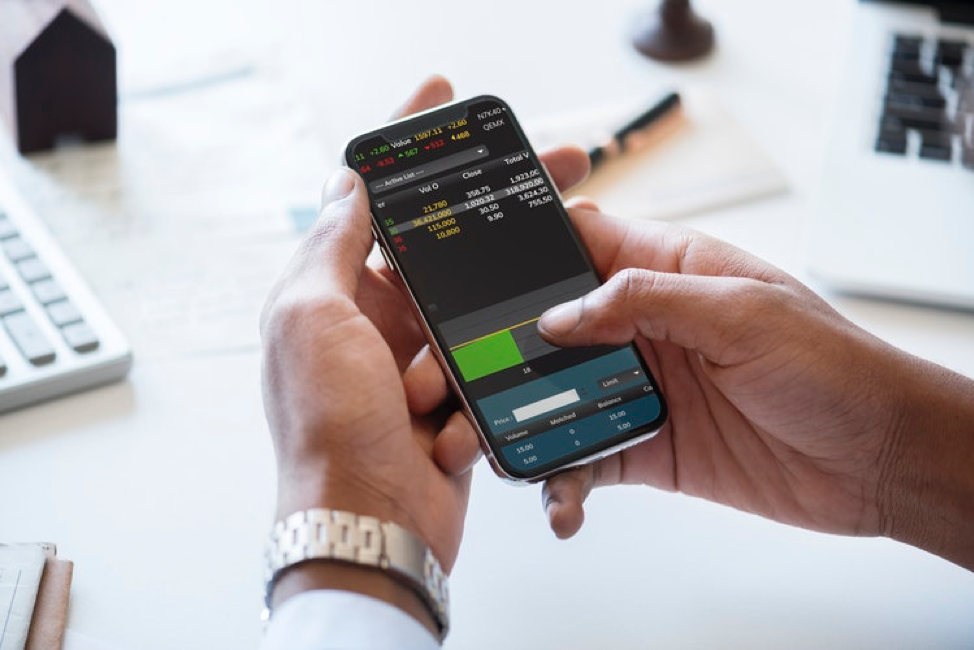How to Spot a Slippage in Trading Forex
November 22, 2019
The subject of this article belongs to a category often ignored by traders. In the rush of counting only the potential profit from Forex trading, retail traders tend to forget that trading has adjacent costs too.
One of those costs is the slippage, but in the same category, we can easily include swaps, spreads, commissions and fees, conversion costs, and so on.
The online trading industry changed dramatically since the ECN (Electronic Communication Network) and STP (Straight Through Protocol) technologies were introduced. Suddenly, traders had access to the interbank market in a new way, with more accurate quotes and with the brokerage house fulfilling its role: being an intermediary only, not creating a mirroring market as most market makers do.
What is Slippage in Forex?
Slippage occurs when there’s a difference between the price intended and the market execution. There are various reasons why slippage occurs, but in today’s trading, most of them are related to the brokerage house business model.
In a way, slippage is a result of a technology that offers more advantages than disadvantages. The main advantage, for instance, under the ECN and STP technologies is that the broker executes the client’s orders when there is a market. No market at specific levels, no execution, as simple as that.
The difference between the intended execution place and the actual one is called slippage. And, it has a direct correlation with the traded volume.
The higher the volume, the bigger the slippage, especially if traders try to speculate on a currency pair known as being less liquid (e.g., crosses) or at the moment in time during the trading day where liquidity is scarce (e.g., midnight, when positions are rolled over).
But there are ways to overcome slippage or at least to diminish the harm done to the trading account as much as possible. The easiest thing to do is to split the trade in multiple entries each with a lower volume.
How to Diminish the Effects of Slippage on a Trading Account
Suppose you want to buy a hundred lots USDCAD. Well, the pair is not one of the most liquid currency pairs, despite being a major.
That’s especially true if the trading takes place in the Asian session, where any Forex broker has issues with liquidity providers as the “pool” shrinks considerably. Ideally, Forex brokers will have quotes feeding on multiple liquidity pools offered by liquidity providers, thus creating a bit of a competition for the best quotes. However, only the big houses afford such a thing, with most Forex brokers having one liquidity provider only.
To solve the execution issue on a hundred lots USDCAD example, traders set ten different pending orders of ten lots, so that the broker doesn’t have a hard time filling them as close to the desired entry level as possible. This way, the Forex market slippage doesn’t affect the Forex trading system, and the trader makes the most of his/her Forex analysis.
Unfortunately, slippage is here to stay. Until the technology improves, traders need to find out different solutions to cope with it.



